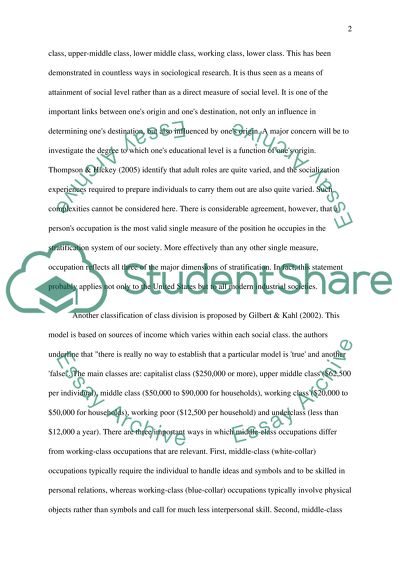Cite this document
(“Models of Social Stratification Coursework Example | Topics and Well Written Essays - 1750 words”, n.d.)
Models of Social Stratification Coursework Example | Topics and Well Written Essays - 1750 words. Retrieved from https://studentshare.org/sociology/1507308-social-class-essay
Models of Social Stratification Coursework Example | Topics and Well Written Essays - 1750 words. Retrieved from https://studentshare.org/sociology/1507308-social-class-essay
(Models of Social Stratification Coursework Example | Topics and Well Written Essays - 1750 Words)
Models of Social Stratification Coursework Example | Topics and Well Written Essays - 1750 Words. https://studentshare.org/sociology/1507308-social-class-essay.
Models of Social Stratification Coursework Example | Topics and Well Written Essays - 1750 Words. https://studentshare.org/sociology/1507308-social-class-essay.
“Models of Social Stratification Coursework Example | Topics and Well Written Essays - 1750 Words”, n.d. https://studentshare.org/sociology/1507308-social-class-essay.


